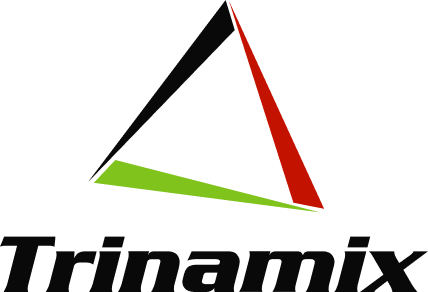A Global Packaging Solutions Provider Partners with Trinamix to Advance Integrated Planning to Drive Agility, Efficiency, and Cross-division Alignment with the implementation of Oracle cloud planning modules and Trinamix AI-driven industry solutions
Quick Details
Industry
- Packaging & Containers manufacturing
Modules
- Oracle demand management
- Oracle supply planning
- Oracle sales & operations planning
- Oracle global order promising
- Oracle backlog management
Project Location
- United states
Trinamix Industry Solutions
- Strategic Network Optimization (SNO)
- Multi-Echelon Inventory Optimization (MEIO)
- Campaign planning
- Oracle backlog management
Client Background
The customer is a global leader in value-added, sustainable metal and fiber consumer and industrial packaging. They are a multi-billion-dollar enterprise with approximately 28,000 employees working in 315 operations in 40 countries, serving some of the world’s best-known brands. This company builds and processes paper pulp and recyclable paper and manufactures downstream paper stream products.
Business Context
A global packaging solutions provider, with its diverse operations across pulp and downstream product divisions, was facing critical challenges due to fragmented planning systems and legacy ERP platforms. Disconnected processes, inefficient freight and mill scheduling, and a lack of end-to-end supply chain visibility led to high operational costs, inconsistent service levels, and limited agility in responding to market dynamics.
To overcome these hurdles, this organization partnered with Trinamix and Oracle to implement a unified planning platform leveraging Oracle Cloud Planning modules and Trinamix’s AI-powered industry solutions. This transformation aimed to integrate planning across divisions, optimize costs and inventory, reduce lead times, and enable proactive, data-driven decision-making through enhanced scenario modeling and predictive analytics.
Key Highlights
- Supply-Demand Synchronization: Integrated planning ensures pulp production aligns with product division forecasts, minimizing bottlenecks and waste
- Cost Optimization: Joint planning enables better inventory management, reduces working capital, and avoids premium costs for last-minute pulp procurement or external sourcing
- Capacity Planning & Investment: Integrated forecasting allows both divisions to jointly assess and time capital expenditures for expansion or modernization
- Lead Time Reduction: Shared production schedules and demand signals shorten planning cycles and reduce overall lead times
- Sustainability and Waste Reduction: Integrated systems help balance raw material input with product output more precisely, improving resource efficiency
- Market Responsiveness: Real-time visibility across divisions improves flexibility and responsiveness to changes in customer orders, market trends, or supply chain disruptions
- Data-Driven Decision Making: Integrated planning platforms enable predictive analytics and scenario modeling across the supply chain
Benefits
- Stronger Alignment Across Business Units: Improved coordination between the pulp and downstream divisions will enable more cohesive planning and execution
- Reduced Planning Effort and Complexity: Automation of manual tasks streamlines planning activities, freeing up resources for strategic decision-making
- Faster Planning Cycles: Shortened end-to-end planning timelines enhance responsiveness and agility in a dynamic market environment
- Improved Demand Stability: Better visibility into downstream demand will lead to reduced variability in pulp production planning
- More Realistic and Executable Plans: Constraint modeling ensures that plans are grounded in actual operational capabilities, improving feasibility
- Greater Accuracy in Customer Commitments: Integrated planning supports more reliable order promising, enhancing customer trust and satisfaction
- Improved Service Levels and Inventory Efficiency: Better alignment of supply and demand will lead to higher OTIF performance and optimized inventory levels







